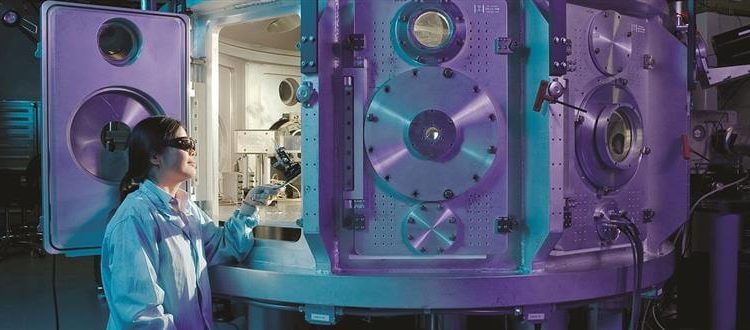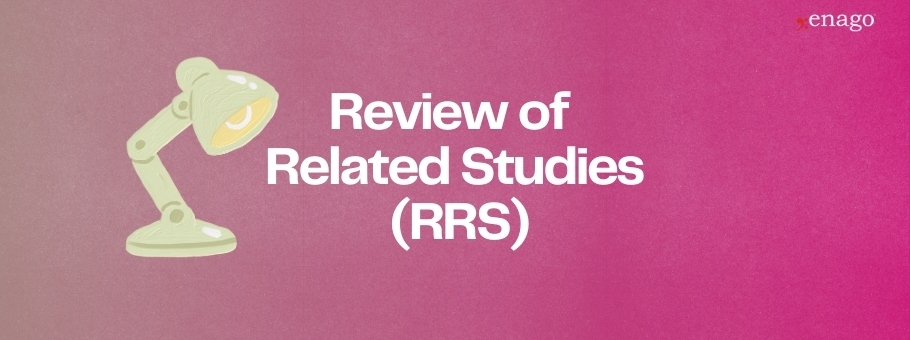Why are Women Underrepresented in the Area of Research?

Academic researchers publish their work in academic journals. However, the number of women publishing research is significantly lesser in comparison to men. It is well known that academic sexism affects female researchers. Women in science are less likely to be hired and are paid less. Female scientists are also given more administrative tasks. Scientists from minority groups also face similar discrimination. However, there is a need to increase diversity in science.
Gender Bias in Peer Review
Two recent studies have tried to determine if this bias extends towards peer review. The first relied on data from the American Geophysical Union (AGU). The AGU owns 20 journals which publish about 6,000 papers annually. The authors used reviewer data from these journals and the AGU member database to determine age and gender of reviewers and authors. The study focused on publications between 2012 and 2015.
In the study period, 28% of AGU members were women. Older cohorts within the AGU contain fewer women. About 26% of submitting first authors were female. Female first authors submitted about 0.79 fewer papers per person than men. However, papers with a female first author were more likely to be accepted than those with a male first author (61% versus 57%). Acceptance rates were not influenced by the gender of the editor or reviewer.
Moreover, only 20% of AGU reviewers were women. This is less than the percentage of papers with female first authors (27%), female co-authors (23%), or AGU members (28%). In addition, female first authors often recommended female reviewers (21% versus 15%). Similarly, female editors recommended female reviewers more often (22% versus 17% for male editors).
Women were more likely to choose to not review an article. About 22% of women declined an invitation to act as a reviewer while 17% of men did the same. Most often, scientists declined these invitations because they were busy. It is possible that women decline more often as they are more likely to be responsible for administrative duties at work. They also tend to bear the larger part of household responsibilities.
Unconscious Bias at Work
The second study used data from Frontiers journals. The authors had access to information of about 9,000 editors and 43,000 reviewers. They also found that women were underrepresented in the peer review process. Each gender had a same-gender preference. This meant that female editors were more likely to suggest female reviewers. Male editors were more likely to suggest male reviewers.
Female underrepresentation may be influenced by bias as cultural stereotypes associated logic with men and relational skills with women. When male and female university staff were asked to choose a lab manager, both groups favored the male applicant. The male applicant was offered a better salary and more mentoring than the female applicant.
The assumption that male scientists are better makes it difficult for women to advance in their careers. Before women are hired or promoted they often have to show that they have achieved more than men with identical credentials. This means that female scientists have to do more than their male colleagues to get the same job.
In addition, does this bias also affect how grants are awarded? Examining the NIH R01 grant award information revealed that women are significantly less likely to win these grants. Reviewer critique of female scientists included more praise. This could be a result of the assumption that women are not able to achieve much in science. Critique of men, however, was harsher. The reviewers could unconsciously be adjusting how they rate each application based on gender. Even though they praised women more, they still rewarded them with lesser grants.
A third study shows that elite male faculties are less likely to hire women. When young scientists secure faculty positions, they have often been mentored in a high impact lab. Since most of the trainees in these labs tend to be male, this has a ripple effect.
Finding Solutions
Women and minorities have a more difficult time getting hired or promoted. These groups are also less likely to win grants, be invited to conferences, or form professional collaborations. All of these activities are critical to career advancement. Being asked to review papers is an indication that your peers value your expertise. Peer reviewing helps develop communication skills. It also builds your professional network. This is especially important for young researchers.
Following the AGU study, there have been efforts to decrease gender bias in peer review. The society now includes a reminder to its editors and authors to make selections that will increase diversity in science. AGU is actively fighting academic sexism by encouraging its team to suggest more women, young scientists, and minorities as reviewers. Academic research can be expected to improve if all researchers are given an equal opportunity. Other academic journals should also do their part to increase diversity in science.
Do you think science has a gender bias problem? How do you think this can be resolved? Let us know your thoughts and experiences in the comments below!









